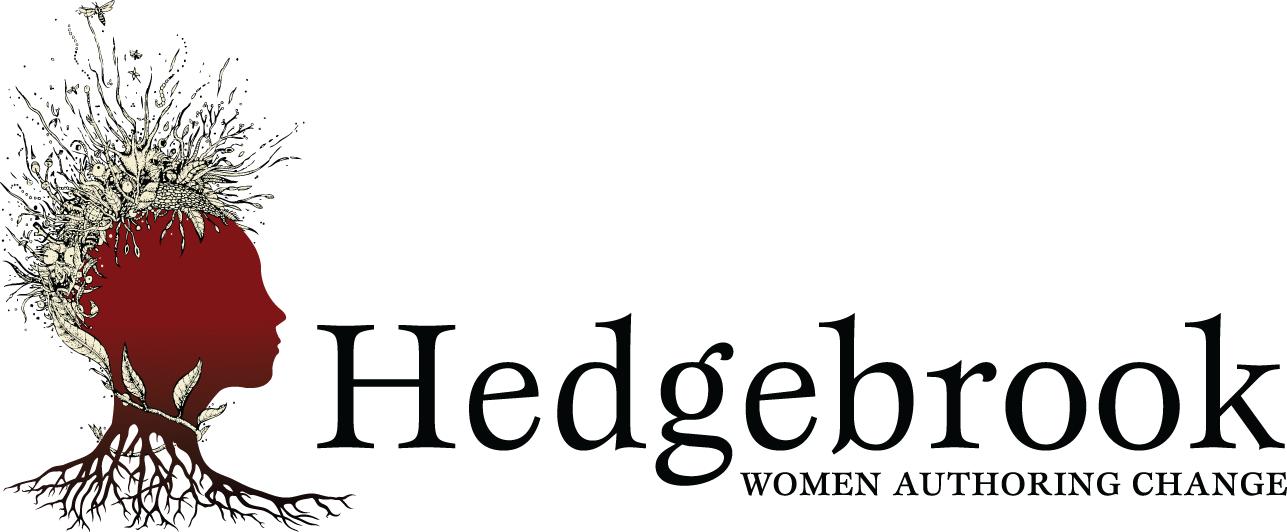Writing Class
For several weeks last winter I was advised to use hand sanitizer each time I left class. The room where I taught had cinder block walls and tiny rectangular windows near the ceiling. As my students walked in, I’d notice traces of beauty behind their red jumpsuits – wise eyes or gorgeous black hair, a fine bone structure. But the next week they’d show up with blotchy skin or bloody gums, and I’d wonder if these were new flaws or if I’d failed to notice them before, caught up as I was with being intriguing, but not too intriguing. Supportive, without making promises. I was teaching creative writing at the King County Jail.A lot of people work with inmates out of pity, a sense that such students have been behind from the day they were born. My reasons were less altruistic. These were the same people who often showed up in my newspaper stories, and I wanted to remember their wit and bite. It was character study. At least, that was my goal initially. What kept me coming back was something else.Each week my co-teacher and I (mandated at all times to work in two’s) arrived early to lay out a few-dozen bruised paperbacks our students might take back to their cells to read after class, the same science-fiction fantasy titles they’d rejected the week before. Then we all sat around a large table, writing for eighty minutes as a crackling intercom system barked inmate names.“Smith, visitor!”“Jones, medication!”I never knew their crimes. That was a jail-imposed rule, and as a reporter it bothered me at first. But it was better this way. I never knew these women as anything other than voices and memories. When details slipped out about theft, or murder, or addiction, I discovered, to my surprise, that I did not want to know more. All I wanted was to see their hearts, beating on the page.We offered miserably predictable prompts – “winging it” or “pretending” or “what does education mean to you?” – and no matter how hackneyed our lessons, the women returned each week, scribbling out their lives with stubby golf pencils and reading the results aloud.Sometimes they cried. Often they spoke of children, adding little “I love you” notes at the bottom of essays that those kids will never see. (We tutors were forbidden from publishing a word of our students’ work without explicit permission from the jail.) Then, after exposing herself, each student would leave the Multi-Purpose Room and return to the “tank,” where anything she’d revealed could be used against her. The social hierarchies were brutal – women were labeled “weak” or “stupid” or worthy of attack for the most innocent remarks. With that kind of threat hovering, you’d think they might resist writing altogether.But no. A girl I’d judged as impossibly meek wrote a piece about waking up to feel a boyfriend slamming her head against their bedroom wall. She wept as she read this to the group, her breath catching as she stopped, gathered herself and plunged in again. She drove herself through that essay with sheer will. Another woman offered such impassioned stream-of-consciousness about growing up on a reservation, being an outlaw in two worlds, that her words sloshed over the margins, as if she couldn’t be bothered to contain her thoughts in a neat rectangle.They won no points for attendance, no college credit or time off their sentences, but the writing class represented something like freedom to these women. Freedom to describe struggle and emotion and all the things they hid during the rest of the week. Freedom, I suppose, to be human.That was what kept me coming back – not romance about rough diamonds of literature scratched out beneath the fluorescent lights, but respect for the women's commitment. For their guts. In the face of shame, they wrote. Shaking with fear, they wrote. Knowing they might suffer physical pain as a result, they wrote anyway. Each week, on Wednesday.  Claudia Rowe is a journalist and public speaker working on her first book. It concerns crime, writing and the mutual exploitation between reporters and their sources. She can be reached at write2rowe@gmail.com. Hedgebrook supports visionary women writers whose stories and ideas shape our culture now and for generations to come. The opinions expressed here are not necessarily representative of the opinions of Hedgebrook, its staff or board members.
Claudia Rowe is a journalist and public speaker working on her first book. It concerns crime, writing and the mutual exploitation between reporters and their sources. She can be reached at write2rowe@gmail.com. Hedgebrook supports visionary women writers whose stories and ideas shape our culture now and for generations to come. The opinions expressed here are not necessarily representative of the opinions of Hedgebrook, its staff or board members.
